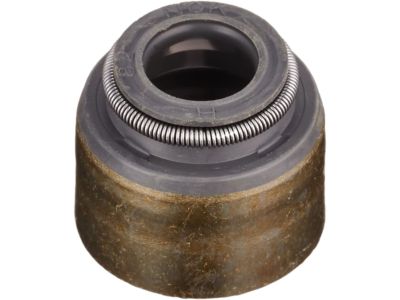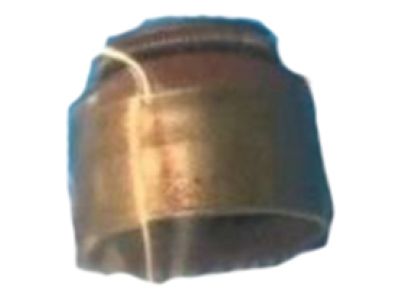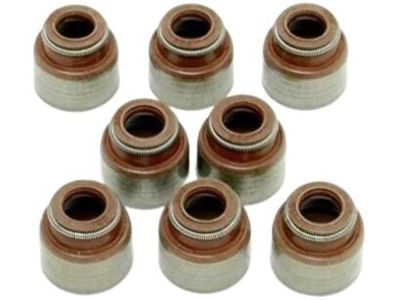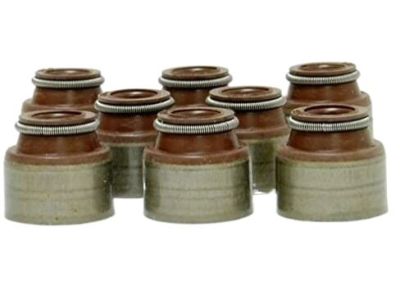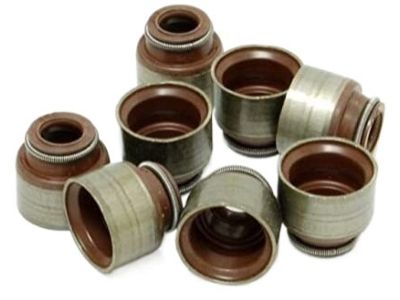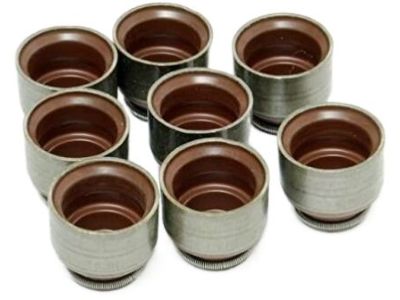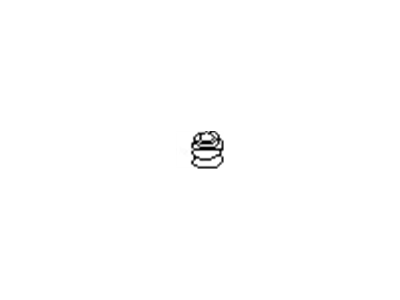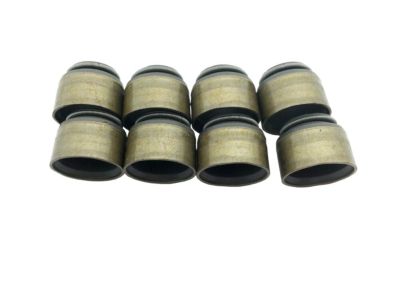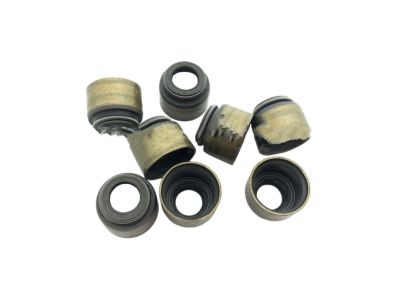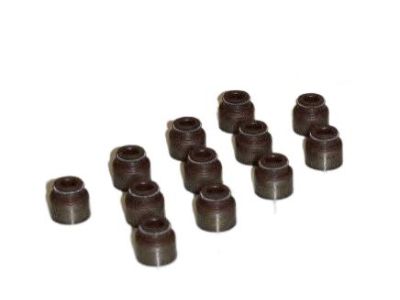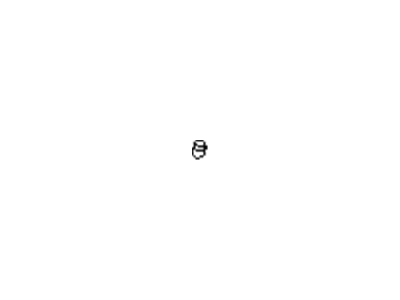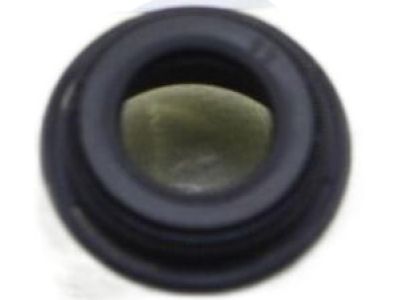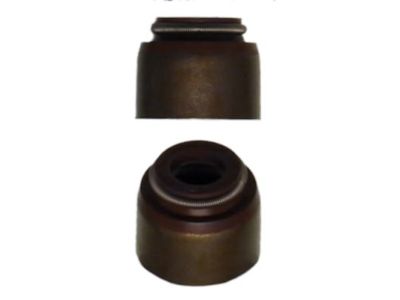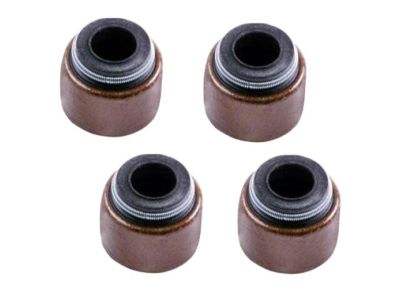×
- Hello
- Login or Register
- Quick Links
- Live Chat
- Track Order
- Parts Availability
- RMA
- Help Center
- Contact Us
- Shop for
- Nissan Parts
- Nissan Accessories

My Garage
My Account
Cart
Genuine Nissan 240SX Valve Stem Oil Seal
Engine Valve Seal- Select Vehicle by Model
- Select Vehicle by VIN
Select Vehicle by Model
orMake
Model
Year
Select Vehicle by VIN
For the most accurate results, select vehicle by your VIN (Vehicle Identification Number).
5 Valve Stem Oil Seals found

Nissan 240SX Seal Valve
Part Number: 13207-53F00$5.06 MSRP: $7.15You Save: $2.09 (30%)Ships in 1-2 Business Days

Nissan 240SX Seal Oil Valve
Part Number: 13207-40F00$7.11 MSRP: $9.80You Save: $2.69 (28%)Ships in 1-3 Business Days
Nissan 240SX Seal-Oil Valve
Part Number: 13207-42L00$7.42 MSRP: $10.23You Save: $2.81 (28%)Ships in 1-3 Business Days
Nissan 240SX Valve Stem Oil Seal
If you need any OEM Nissan 240SX Valve Stem Oil Seal, feel free to choose them out of our huge selection of genuine Nissan 240SX Valve Stem Oil Seal. All our parts are offered at unbeatable prices and are supported by the manufacturer's warranty. In addition, we offer quick shipping to have your parts delivered to your door step in a matter of days.
Nissan 240SX Valve Stem Oil Seal Parts Questions & Experts Answers
- Q: How do you remove, inspect, and reinstall the Exhaust Valve, Intake Valve, and Valve Stem Oil Seal after removing the cylinder head on Nissan 240sx?A:Important steps are involved in the removal of Cylinder Head and valve servicing. This is where a valve spring compressor comes in handy. Put the cylinder head on the workbench, stabilize the valve head by using the instrument to press down on it and compressing the spring by flipping the screw around against the retainer and the valve head. Once exposed, they can be removed with a magnet. Turn off the screw so that retaining springs can be released, take out compressors then draw out valves. Take away spring seats of valve as well as valve seals. The holes on a piece of wood or cardboard should be labeled according to each corresponding valve in order to maintain order while making sure that valves and their parts remain together for reassembly. Lubricate each valve stem, lap valves then fit them with new stem seals before compressing retainers and springs enough for keeper groove exposure. Make sure both retainers fit correctly when inserting keepers hence closing up compressor again after installation. Hit lightly on stems of these valves to secure retainers and keepers for them not to become loose easily. Last but not least, adjust valves. Valve inspection includes cleaning stem, face or head of a valve; then measuring using dial indicators as well as micrometers. Go to a machine shop if these tools are not available since this service may be provided there too. Average inside diameters of valve guides and different diameters of both intake/exhaust stems must be measured directly or subtracted into determining stem-to-guide clearance values against specifications given in manual for most engines. In case grinding operations are necessary, check tips' pitting/wear signs within permissible limits only however consider also reviewing stem-to-guide clearance during re-assembly such as when changing guides or fitting large-sized valves. Finally clean guide plus stem for one's checking it by rocking its indication.
